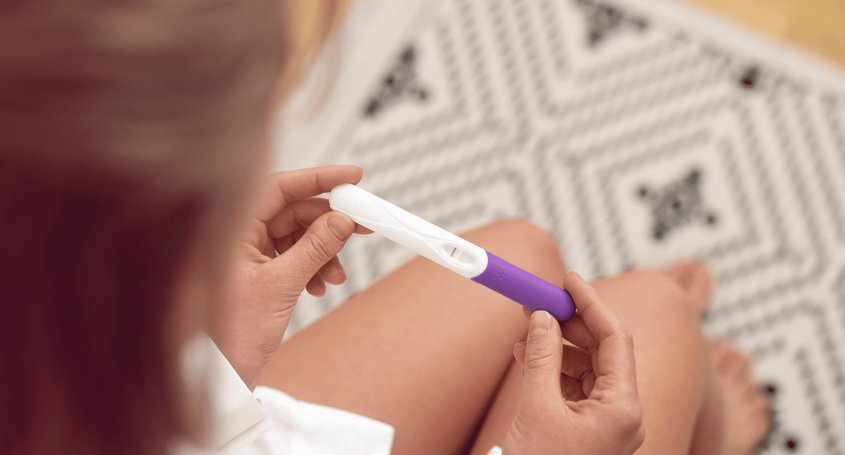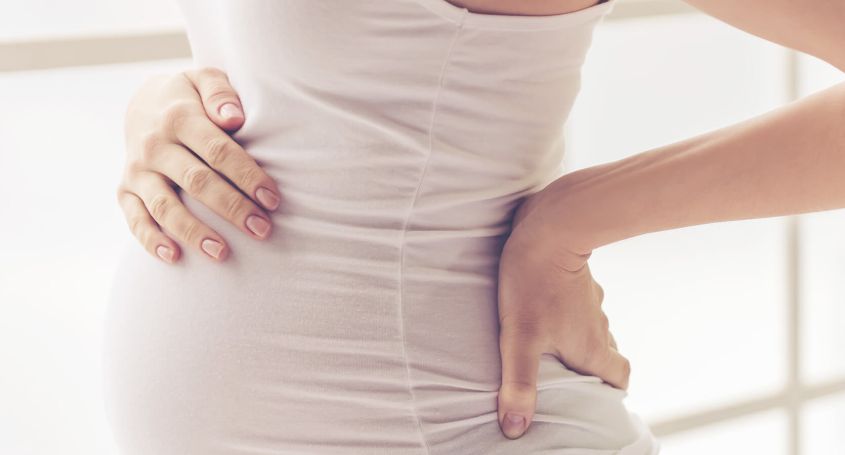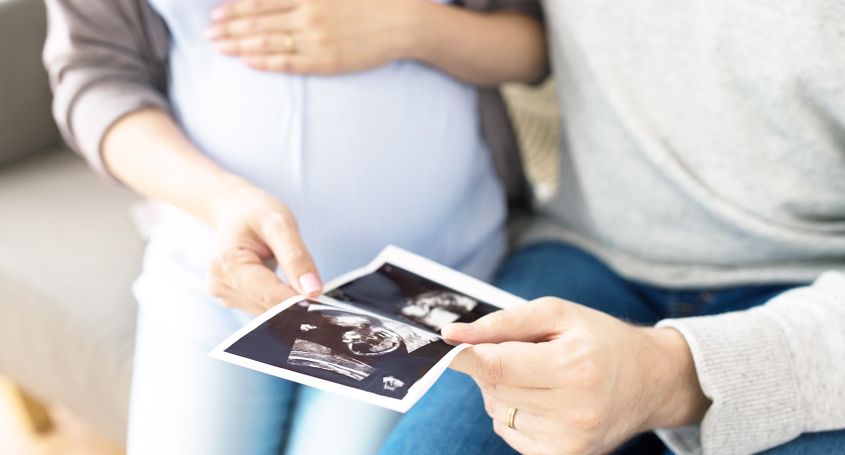March is Endometriosis Awareness Month, a disease that affects 15% of women of childbearing age worldwide. Despite being the most common gynaecological pathology, the condition is still largely unknown by society and part of the medical community. With the aim of making it more visible, the ENDOMarch, the World March for Endometriosis, is taking place this month, coordinated from New York by doctors Nezhrat. At Barcelona IVF we want to join in with this post in which we review what endometriosis is and how egg vitrification can help preserve fertility in these cases.
What is endometriosis?
Endometriosis is the presence of endometrium outside the uterine cavity. In other words, it occurs when the endometrial tissue that should line the inside of the uterus appears outside the uterus. This tissue can implant in the ovaries, in the tubes, behind the uterus, in the uterine ligaments, in the intestines or even in the urinary bladder and form cysts, which fill with blood and become dark in colour (chocolate cysts).
What are the symptoms of endometriosis?
Although there are quite a few women who have no symptoms, many women go through years of severe pain without knowing that they are actually suffering from endometriosis.
In addition to pain, endometriosis can cause heavy bleeding or bleeding between periods:
- Menstrual pain
- Heavy menstrual periods
- Bleeding between periods
- Pain during or after sex
- Painful urination or painful bowel movements
- Fatigue and tiredness for no apparent reason and on an ongoing basis.
Egg vitrification, a preventive option
One of the aspects that most worries women suffering from this disease is the possibility of becoming pregnant, as it has been demonstrated that oocyte quality decreases with the progression of the disease and that in many cases there is no correlation with the degree of pelvic involvement at the time of diagnosis.
Endometriosis can affect the ability to conceive as a result of ovarian or fallopian tube damage. Small endometriosis implants in the pelvis can release substances that interfere with ovulation, egg transport and fertilisation, making it difficult to achieve pregnancy naturally. On the other hand, when endometriotic cysts grow in the ovary, they destroy part of the egg supply, reducing the ovarian reserve . In many cases, this decrease in ovarian reserve is accentuated after surgical removal of the cysts.
Bearing in mind that endometriosis is a progressive disease and that age is a determining factor in female infertility, vitrification is thus presented as a solution. Extracting eggs when the endometriosis is not yet very advanced and then vitrifying and storing them can allow many young patients not to lose the opportunity to become mothers when the time comes.














